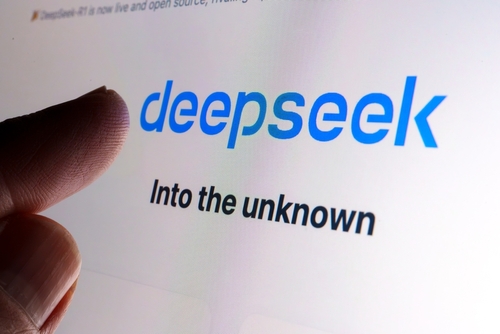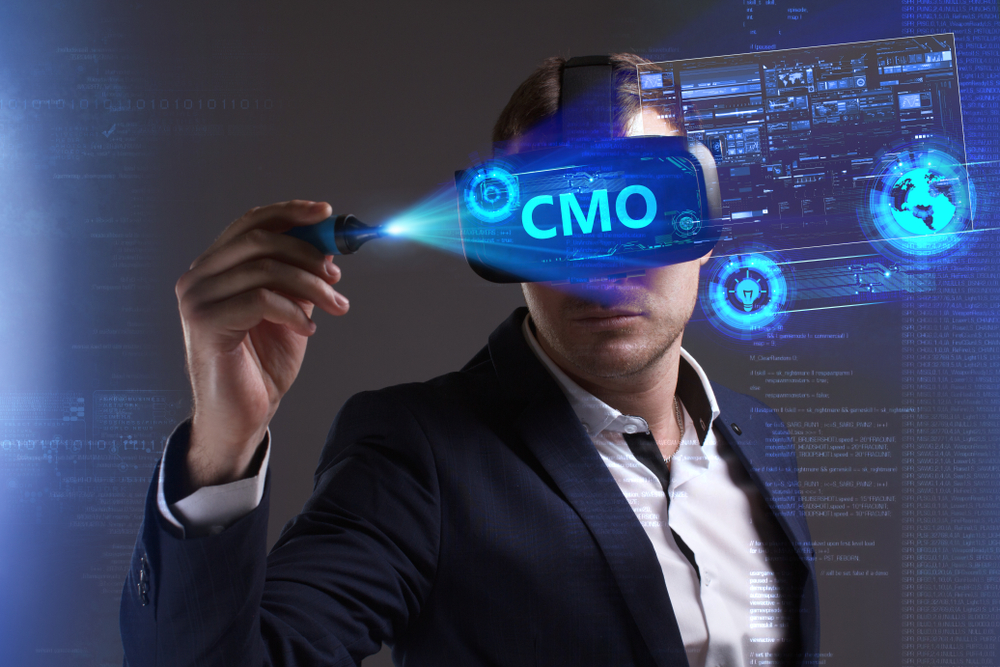Technology has successfully transported us to Mars. ‘Perseverance’ pays off and no pun intended. SpaceX is doing some revolutionary work in space travel. And a lot of other technology companies are redefining how we lead our lives. There is a whole generation now that is born into this tech era, where tech trends are shaping the future. Going forward, organizations and brands will be built on the foundations of this tectonic shift. Just have a look at how households in the US have adopted technology, and how the pace of change, driven by these tech trends, has certainly picked up big time.
Globally, on last count, there are more than 2.7 million IT and custom software services companies! This means that there is a mind-boggling number of technology products or solutions available in the world within easy reach of CEOs. What it also means is that it is almost impossible to keep track of the fast-emerging tech trends that can have immediate and far-reaching consequences on the business model. I am not saying organizations need to follow or be on top of every trend. But what I am certainly suggesting is that it is important to be on top of your business needs, its evolution, and your customers’ expectations. If you do this, you should be reasonably confident about managing the swirling tech changes.
We don’t need any more convincing when one says that technology levels the playing field. Data shows us that more than 20% of businesses go under due to competitiveness because someone out there using technology is doing it better and faster.
Tech Trends Shaping the Future: Key Data for CEOs and CMOs to Stay Ahead
Let me share some research data that will make it amply evident for CEOs and CMOs to not only keep track but stay ahead in the technology game:
- 15 years ago, the average consumer typically used two touchpoints when buying an item and only 7% regularly used more than four. Today consumers use on an average almost six touchpoints with nearly 50% regularly using more than four. (Marketing Week)
- According to Forrester, 50% of shoppers expect that they will be able to make a purchase online and pick up in-store.
- 89% of customers get frustrated having to repeat their issues to multiple representatives as per an Accenture report.
- Google studies show that omnichannel shoppers have a 30% higher customer lifetime value than those who shop using only one channel.
According to a study done by The CMO Club, 55% of companies still have no real cross-channel strategy in place. And this is the challenge. It’s not that enough effort has not been made by Marketers, it’s just that the pace of change is mind numbing. Just a little more than decade back there were a finite number of communication channels, beyond doubt reach measurement metrics (at least that’s what marketers believed!), no real measurement of Marketing Return on Investment (MROI), a growing and expanding market (the Indian demographic dividend!), double digit y-o-y growth. The CMOs seemed to be a happy lot with very little performance pressure besides managing the internal organization politics. Today the CMO is under pressure to show outcomes, not at award shows but in the board room and besides collaborating with various teams in the organization to deliver a frictionless customer experience, he needs to have a fairly good understanding of technology. And the list is not small, he needs to be well versed with or at least be reasonably aware of IoT, Wearable Technology, Big Data, Augmented Analytics, Cloud & Edge Computing, Blockchain, AI, ML, NLP, AR, VR, Facial Recognition, Voice Interfaces, and multiple MarTech Automation and personalization tools.
So how does one stay current with technology trends, let alone keep an eye on future trends, when you’re busy running your business?
The answer lies in being Agile, Collaborative, and building Partnerships both – internal and external. The connected customer experience mandate touches every part of the organization – the product/service, the distribution, the marketing, the sales and after sales experience. To stay relevant, organizations need to know more about their customers, and that knowledge comes from Data & Analytics, IoT, Blockchain and Artificial Intelligence. After knowing more about their customers, they must provide seamless delivery experience where Digital, Data & Analytics, AI & ML, IoT, MarTech Automation tools, Customer Experience Centres and more will play an important role. When marketers use these technologies effectively, they will get granular and real time insights which will help them address micro-moments that will deliver contextual messages resulting in either a sale, a complaint resolution, or a great customer experience.
Is Your Organization Ready to Elevate Customer Experience with Hansa Cequity?
Hansa Cequity has been helping organizations with Customer Experience Management across Industries like – BFSI, Automotive, Retail, Pharma and Consumer Durables over the last 14 years in the context of developing connected customer experiences using Data Analytics, MarTech Tools, Digital & Content Design, Contact Centre Services, Connected Experience Consulting and more. Hansa Cequity has built proprietary, process driven frameworks that help organizations stay on top of their Customer Experience. We believe technology is an enabler and we help organizations leverage the latest and the most value generating stacks in a more efficient, process driven manner. The US and European markets may be a bit ahead of the game from an investment in CX perspective, but Indian organizations will have to up their game just to stay relevant, let alone winning the battle of mindshare and wallet share.









